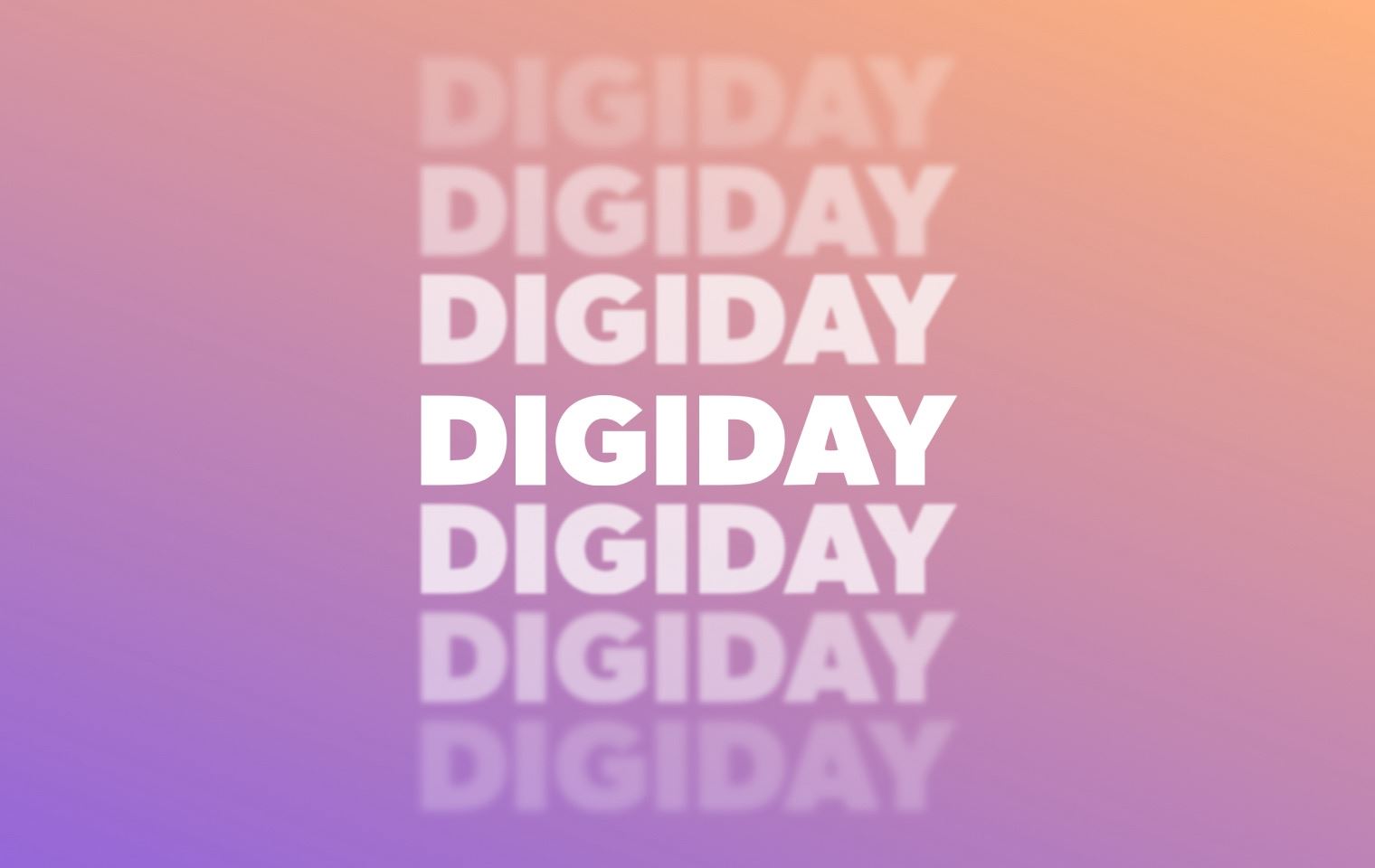Recently, I attended the Media Buying Summit hosted by Digiday in New Orleans, which was an absolute blast. In what seemed like the fastest 70 hours of my life, I met incredibly bright people, learned a ton about what’s trending in digital advertising and the programmatic space, and, of course, ate all of the authentic Cajun food I could get my hands on.
The Media Buying Summit was very informative, with thought-provoking sessions, engaging conversations in town halls, and networking opportunities. The content during the conference was compelling, bringing forth some interesting takeaways that all brands and advertisers should consider.
The Rise in Popularity of Retail Media Networks
Retail media networks (RMN) have grown exponentially over the past few years due to the global shift toward shopping online. Brands are competing for the space Amazon has dominated for so long, and retailers like Walmart, Target, Kroger, and many others are throwing their hats into the ring. Naturally, this presents opportunities for advertisers to promote their products and services in channels outside of Google and Facebook.
RMNs have mainly been a haven for CPG companies to advertise their products. However, non-CPG growth in retail has increased by over 30% YoY, indicating opportunities for advertisers to serve ads not only in highly visible placements but also on sites that bring forth highly attentive users. One of the main headwinds when it comes to advertising on RMNs is the lack of transparency in reporting, benefits, and incrementality. Nevertheless, unique insights are now more prevalent, contributing to increased adoption in the space. It is estimated that 61% of advertisers plan to decrease their marketing spend due to the uncertain economy. However, 63% of them plan on increasing their retail media network spend, indicating investments in placements that skew higher in attentiveness.
Brands Are Shifting Dollars Out of Search & Social
In our industry, it’s common to look at Google and Meta as platforms to run evergreen tactics on because of the performance they’re able to drive. Not to mention, they happen to have a more easily identifiable impact on the back end, which crowns them as favorites for last touch attribution reporting. However, advertisers are starting to spend less in Meta and Google for a few reasons:
- It’s only getting more expensive. Last year, it was reported that companies were seeing a 91% increase in their cost-per-lead on Google while CPCs on Meta increased by 89%. Why are costs increasing on these platforms if demand is apparently decreasing? Something feels off here.
- Losing market share to the likes of Amazon, TikTok, and Instacart. Advertisers are looking elsewhere and reaching their audiences on platforms not named Google and Meta. Because of this shift, Google and Meta’s combined market share decreased below 50% for the first time since 2014, and it’s expected to drop even more by the end of 2023.
- Exhausting the lower funnel is real. The top brands typically shift dollars out of the lower funnel to focus more on brand marketing. They’re typically less worried about the short-term success and more so are focused on loyalty and acquisition. Especially with the fears of a recession, these brands are positioning themselves for the long game.
- Transparency. Because of the massive impact iOS 14 had on the industry, pushing us closer and closer to the death of the cookie, reporting has not been the same for both Google and Meta for quite some time now. In fact, Google has leaned in further into less transparent reporting with the adoption of Responsive Search Ads and takeover of Performance Max. The days of capitalizing on the best-performing ad combination, coupled with exact match is long behind us.
Advertisers are Still Experimenting with Budgets
In 2023, advertisers are being more selective with their spending, and one area that they are cutting back on is experimental partnerships. As marketing budgets are expected to decrease, advertisers are focusing more on activities that they should have already been investing in.
So, if advertisers are reducing their spending on Google and Meta, where are they directing their budget? One area that has seen a surge in investment is online video, particularly with the rise of connected TV (CTV) and over-the-top (OTT) advertising. The popularity of streaming services has opened up new opportunities to reach audiences, and advertisers are taking advantage of this by serving ads to users who are “cutting the cord.”
The shift towards CTV has also been viewed as a way to minimize risk and tighten targeting parameters, something that’s not possible with traditional television advertising. This has led to greater insight into the impact and metrics of CTV advertising, which in turn has enabled advertisers to better assess the value of this tactic.
Adapting to a Changing Landscape
In today’s rapidly changing digital landscape, adaptation is essential. The recent shifts in the industry, including the emergence of retail media networks, have presented new opportunities for advertisers to reach consumers during key moments of the day. The move away from reliance on Google and Meta has also encouraged advertisers to explore and test new channels, a vital part of the job that keeps things exciting and interesting.


